

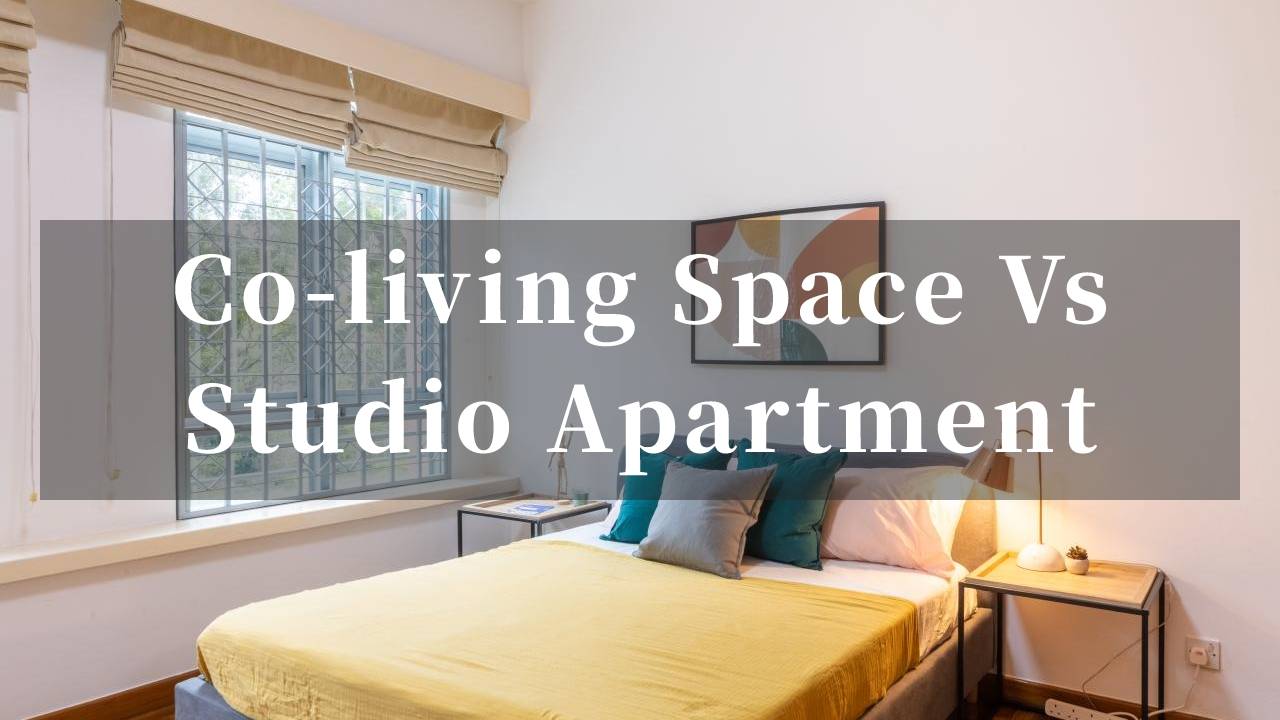
For young people renting in Singapore, there are two options worth considering: Co-living space and studio apartments. But which one is more suitable for you? This article will provide a comprehensive comparison between the two options.
What are Studio Apartments and Co-living space?
Studio Apartment
A studio apartment is a type of private condo with a smaller floor area, suitable for 1-2 people. Unlike a one-bedroom unit, the living room, bedroom, and kitchen in a studio are integrated into an open space without physical walls, but it has its own private bathroom. The total area is usually around 160 - 540 square feet (15 - 50 square meters), with a compact layout. Despite its small size, it is fully functional. As an independent unit, it offers a private living space with strong privacy.
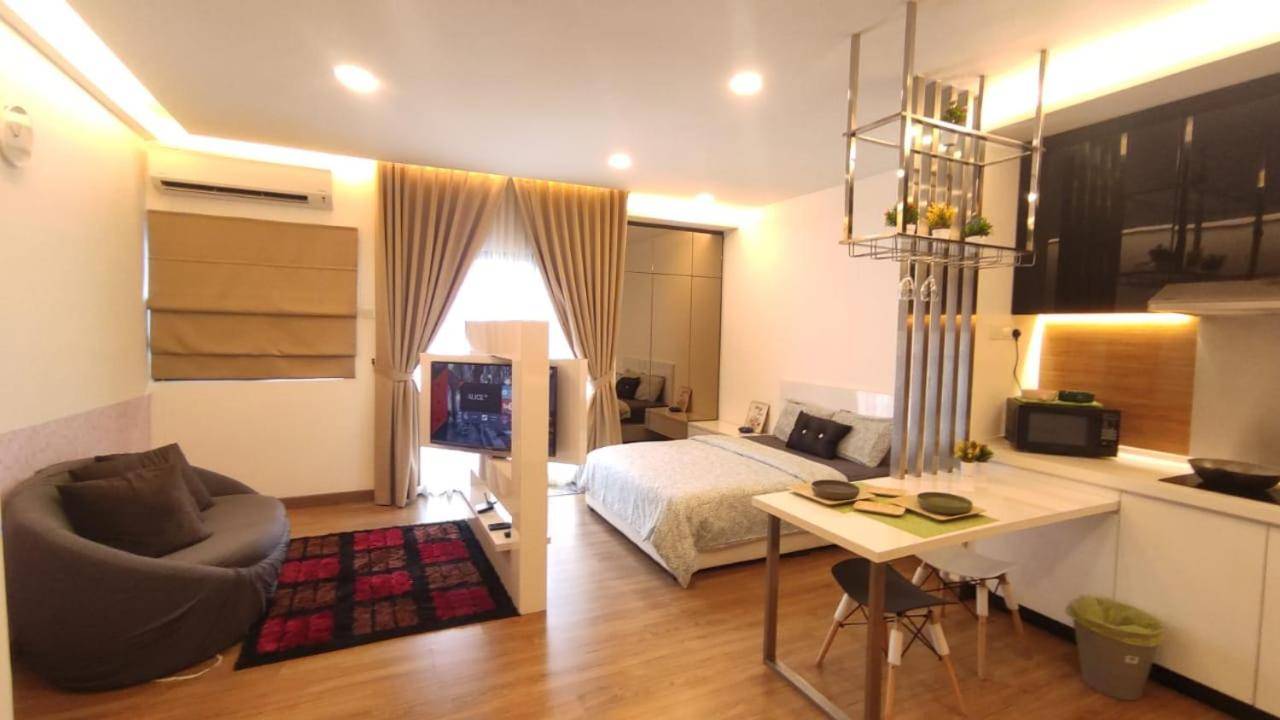
Co-living Space
This is an emerging shared living model, typically managed directly by brand operators who combine hotel-style management with housing rental. It is usually rented out by single rooms or studios. If a brand manages an entire building, the common areas may include shared kitchens, gyms, reading rooms, media rooms, and conference rooms for the entire community. This model is similar to China's ZIROOM, Longfor Goyoo, and Vanke PORT APARTMENT, among others. There are also smaller brands that rent out a few or a dozen units in a residential complex, requiring sharing of community facilities with other residents.
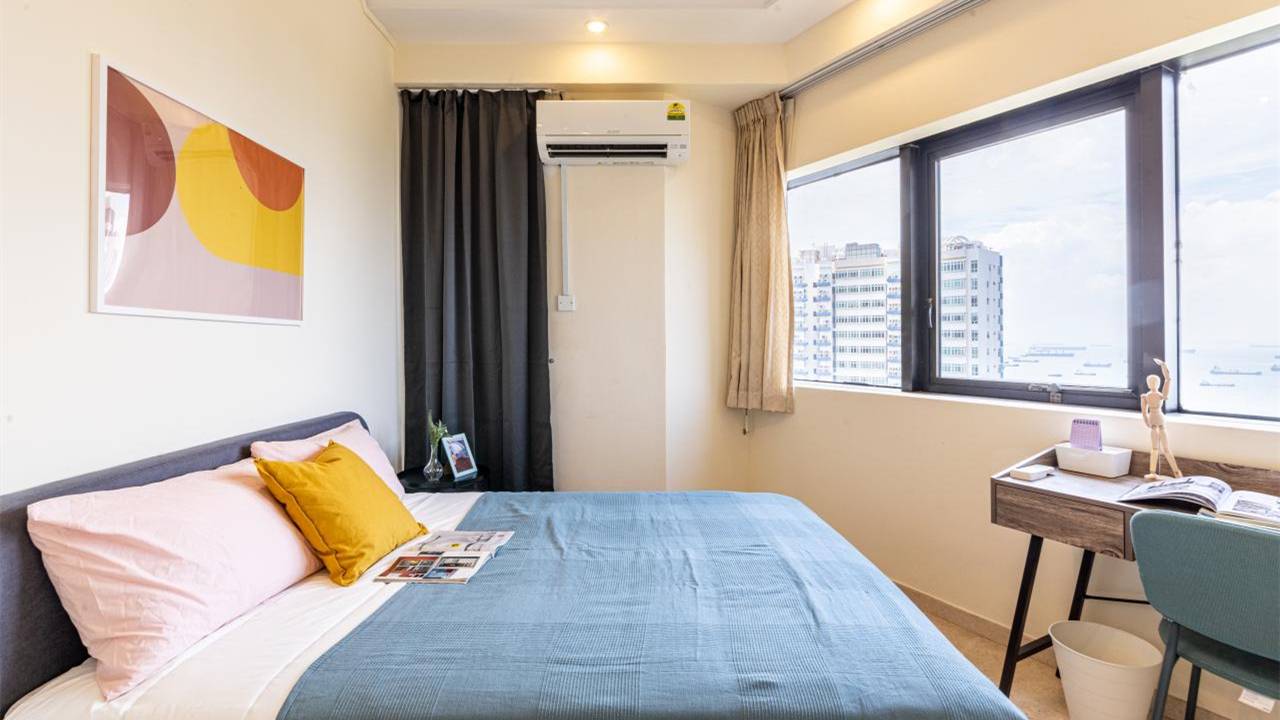
Co-living Space vs Studio Apartment in Singapore: A Summary
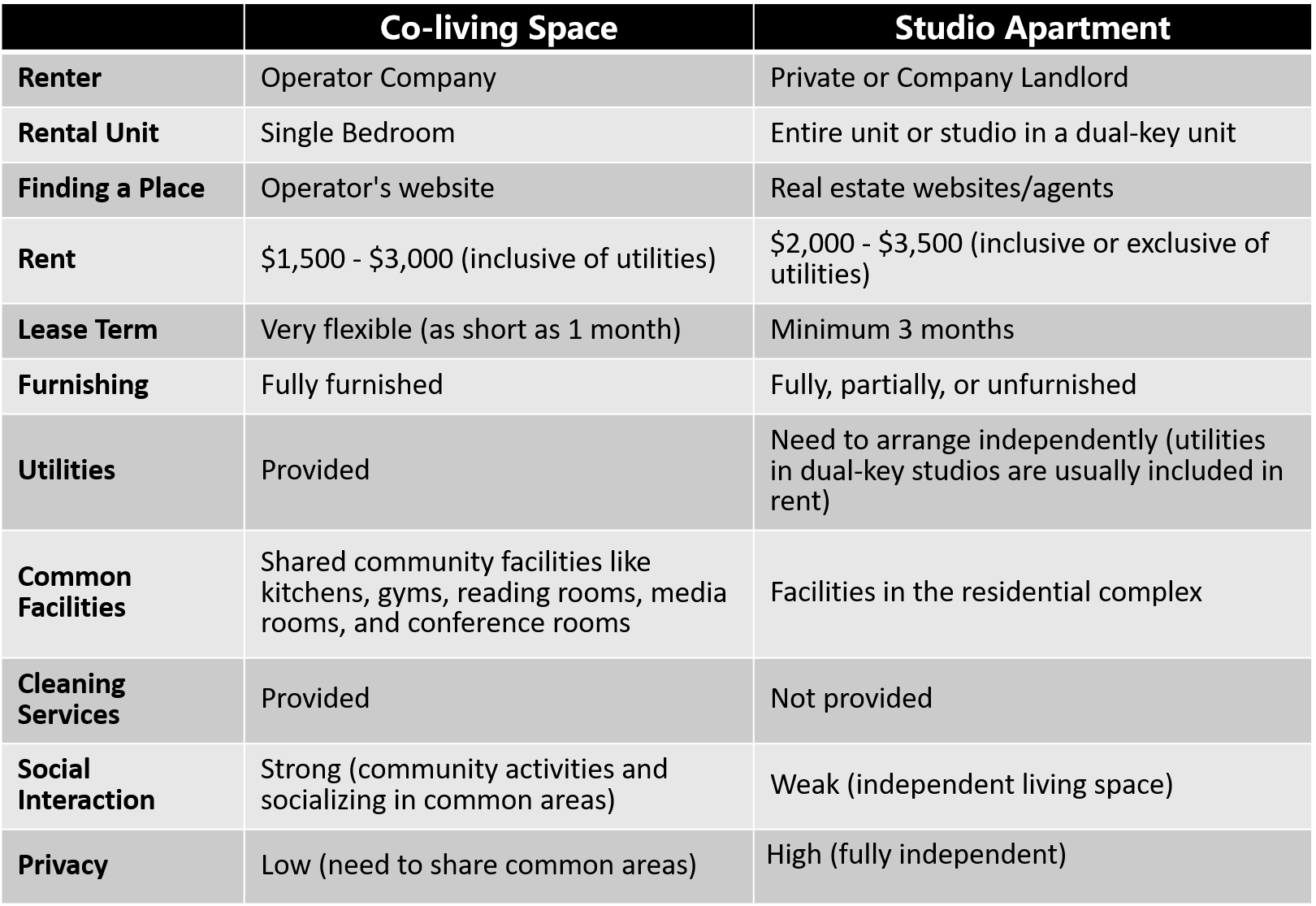
Finding a Place: Co-living Space are More Convenient, Studio Apartments Offer More Choices
When it comes to finding and renting a place, Co-living Space are generally more convenient than traditional rentals. You simply need to visit the operator's website, where detailed information about the units, such as location, decoration, facilities, and prices, is available. These rooms are usually standardized in decoration and management, making the selection process hassle-free. Alternatively, you can contact the operator directly, and they will recommend units that meet your needs. The contract signing and move-in procedures are also handled by dedicated staff, making the process quick and easy. Co-living Space operators do not screen tenants' backgrounds; as long as there are vacancies, you can move in. This is ideal for those who have just arrived in Singapore and need short-term accommodation.
On the other hand, renting a studio apartment is a more traditional process and can be more time-consuming initially. You can either hire an agent, which incurs agency fees, or search for listings on real estate websites and social media platforms. You will need to communicate with the agents responsible for the listings, view multiple units until you find a satisfactory one, and handle the contract paperwork. This process often requires a significant amount of time and effort.
However, studio apartments offer a wider range of options, with more choices available in different locations and price ranges.
Rent: Co-living Space are More Affordable
Generally, Co-living Space are more affordable than studio apartments. The rent for Co-living Space ranges from $1,500 to $3,000 (inclusive of utilities), while studio apartments range from $2,000 to $3,500 (exclusive of utilities). The size of the rooms in Co-living Space varies, and so does the rent. There is a wide range of options, from fully furnished luxury units to shared bedrooms.
Lease Term: Co-living Space are More Flexible, Studio Apartments are Suitable for Long-Term Rent
Co-living Space offer more flexible lease terms. If the property is zoned for residential use, the minimum lease term is three months. For commercial properties, the lease term can be as short as one month, and in some cases, even as short as one week.
Studio apartments are private residences, and the minimum lease term is usually three months. Private landlords generally prefer long-term tenants and often require a lease term of one year or more.
Furnishing: Co-living Space are Fully Furnished, Studio Apartments Have Various Furnished States
Co-living Space are fully furnished, with stylish and trendy decorations. They come equipped with furniture such as beds, tables, and wardrobes, allowing for a move-in ready experience.
The furnishing conditions of studio apartments vary. Some are fully furnished, while others have only partial furniture or none at all. The decoration styles are also diverse, and the landlord's taste may not align with yours.
Facilities: Co-living Space Provide, Studio Apartments Require Self-Arrangement
Co-living Space automatically provide utilities such as water, electricity, and internet, with the costs usually included in the rent. Studio apartments require tenants to set up their own accounts and pay the bills independently. For studios in dual-key units, utilities may be included in the rent, but there is a limit, and any excess usage must be paid by the tenant.
Large Co-living Space offer community facilities such as media rooms and gyms, which are accessible to all residents. Studio apartments, on the other hand, depend on the facilities available in the residential complex, which typically include swimming pools, BBQ facilities, and gyms.
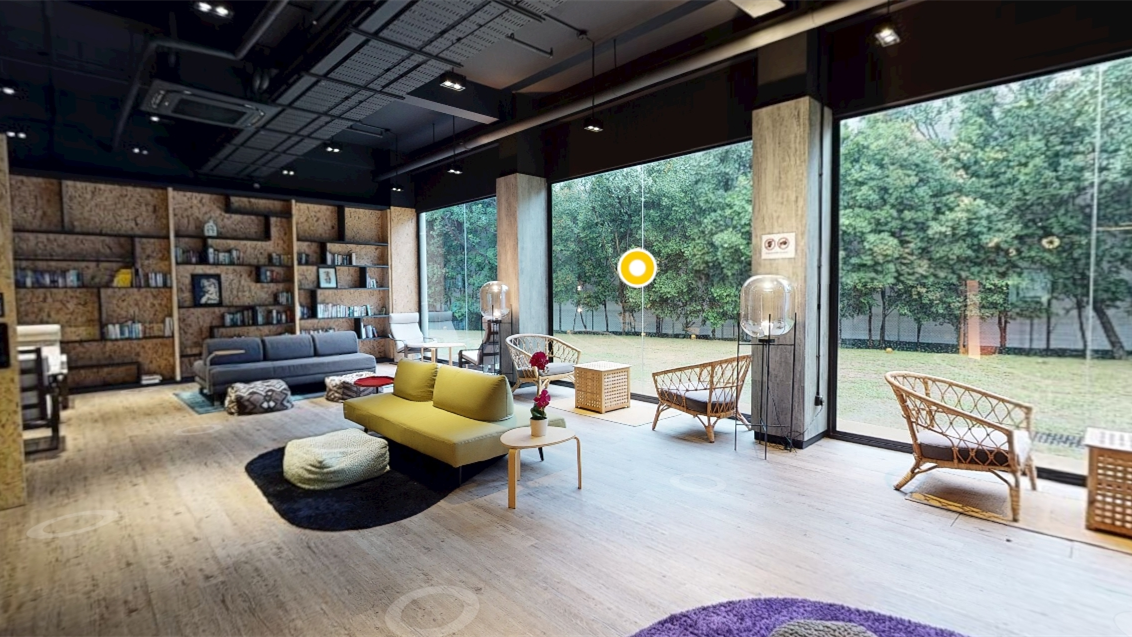
Cleaning Services: Provided by Co-living Space, Not by Studio Apartments
Co-living Space usually offer cleaning services for common areas, with 1-2 cleanings per week, and the cost is included in the rent. Studio apartments do not provide such services.
Social Atmosphere and Privacy: Opposite in Nature
Co-living Space have a strong social atmosphere, with tenants usually being young people. In addition to social opportunities in common areas like gyms, operators often organize community events. However, living in a Co-living Space may come with lower privacy, as you need to share common areas like kitchens with roommates, and you cannot choose who lives next door. Your private space is limited to your bedroom.
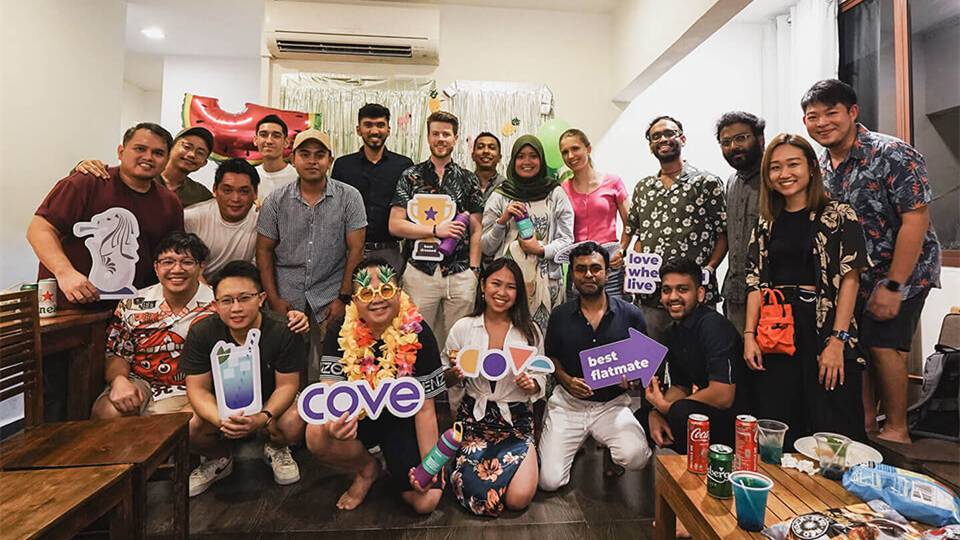
Studio apartments are the opposite. They offer the entire unit for exclusive use, providing strong privacy. In contrast, the independent living arrangement results in a weaker social atmosphere, and you will need to actively build your own social circle with neighbors.
Recommendations for Choosing
Prioritize Co-living Space: If you have a limited budget, want a hassle-free experience, have short-term needs, or wish to quickly build a social circle (e.g., recent graduates, expatriate employees).
Prioritize Studio Apartments: If you seek long-term stability, need private space, or are sensitive to hygiene and noise (e.g., remote workers, couples).
Common co-living brands include Coliwoo, Cove, and Habyt. Whether you choose a co-living space or a studio apartment, you can easily search for listings on Housebell, Singapore's first bilingual real estate platform. It offers a vast selection of authentic listings, all sourced from CEA-certified agents, to help you find your dream home. If you have any questions, you can contact the online customer service for professional assistance.